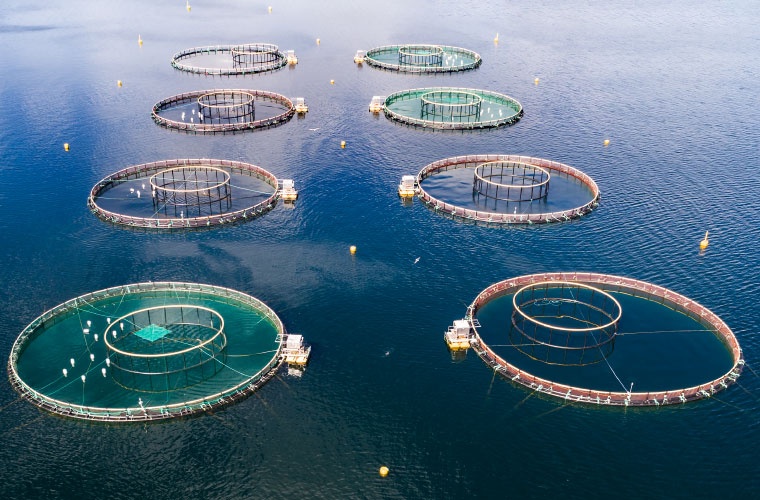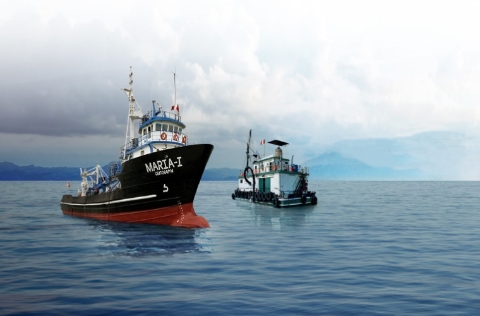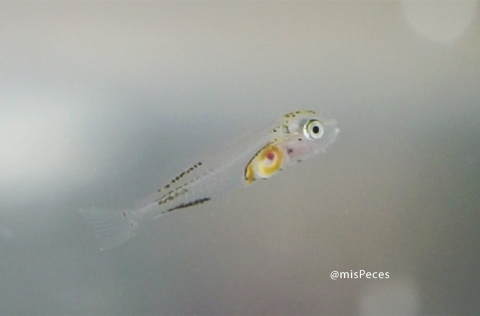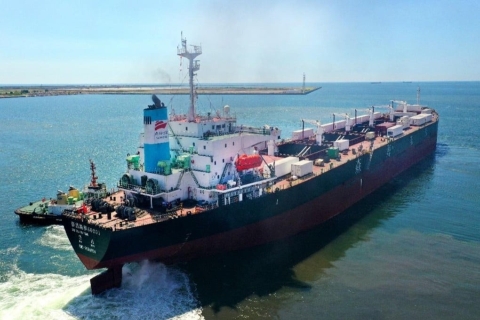
An innovative eco-sustainable proposal by researchers at the University of Alicante explores how to enhance the cultivation and harvesting of amphipods growing naturally in aquaculture farms along Spain’s eastern coast.
These minute crustaceans are remarkably rich in protein and healthy lipids, offering a nutritional profile of considerable interest.
The study, led by Victor Arcos-Limañana, focused on harvesting amphipods from the floating fish farms operated by Culmarex and Piscialba in Murcia and Alicante over two seasons. These farms produce gilthead seabream, European seabass and greater amberjack. The amphipods that thrive on the floating structures-part of what is known as an Integrated Multi-Trophic Aquaculture system-have been identified as a promising and nutrient-dense food source.
According to the analysis, the amphipods contain up to 36.8% protein by dry weight and are rich in essential minerals such as calcium and iron. Their lipid profile is particularly noteworthy, featuring high levels of omega-3 fatty acids. Concentrations of EPA and DHA range between 51 and 92 mg per gram of fat. They also exhibit a low thrombogenic index and favourable omega-3 to omega-6 ratio, enhancing their potential cardiovascular benefits.
“Their fatty acid composition surpasses many conventional sources, making them suitable as natural supplement or for use in sport nutrition,” the researchers note.
Safety is a key concern when introducing any new food ingredient. In this regard, the team tested for residues of oxytetracycline-a commonly used aquaculture antibiotic-and found no trace of it. Parallel studies (yet to be published) also suggest the absence of significant foodborne pathogens.
When compared to other emerging protein sources such as insects or spirulina, amphipods demonstrate a superior mineral and omega-3 profile.
“The quality of their fat, along with their iron, calcium and complete protein content, makes them a genuine contender for human diets,” the authors state.
Potential applications include use as an ingredient in traditional dishes (in the style of southern Spain’s tortillas de camarones), as a powdered flavor enhancer, or as a nutritional supplement.
The study suggests a safe intake of between 3.1 and 6.1 grams per day in dry weight, equivalent to approximately 13.8-36.5 grams fresh. However, the authors emphasise the need for further research, particularly around nutrient bioavailability and standardised farming practices.
“Growing amphipods in IMTA system could help reduce aquaculture waste while diversifying sustainable protein sources,” the research team concludes. They are already exploring new avenues to optimise production and ensure compliance with Europea regulations on novel foods.
Reference:
Víctor Arcos-Limiñana, Soledad Prats-Moya, Salvador Maestre-Pérez, Victoria Fernández-González. Marine amphipods from Mediterranean aquaculture: nutritional benefits and challenges for their potential use as food. Journal of Food Composition and Analysis. https://doi.org/10.1016/j.jfca.2025.107824



